
Rising to the Challenge: Essential DevOps and SRE Tools for 2025
A New Dawn in Tech: Arm Yourself for Success
Welcome to 2025, a landmark year where AI pervades our digital landscape, turning routine operations into automated marvels. Yet, for DevOps and SRE warriors, this isn’t a time to stand by idly — it’s an era to assert our prowess. Our strategic advantage lies in the mastery of sophisticated tools, some exquisitely crafted by AI itself. In this detailed exposé, we unveil the paramount DevOps and SRE tools you’ll need to outmaneuver AI and reaffirm the human touch in IT.
Amidst the unyielding evolution of DevOps and SRE, system intricacies, infrastructure demands, and relentless reliability expectations surge. Gone are the days when tools were just beneficial; today, they are indispensable. Whether you’re orchestrating seamless deployments, refining observability, or enhancing incident responsiveness, it’s imperative to adopt solutions that keep pace with transformative changes. Let us delve into the indispensable arsenal that promises resilience and edge in 2025.
Table of Contents
- A New Dawn in Tech: Arm Yourself for Success
- CI/CD DevOps Tools
- Harness
- Tekton
- Argo CD
- Monitoring & Observability Tools
- Dash0
- HyperDX
- Infrastructure/Application Platform Tools
- Crossplane
- NGINX Unit
- Piku
- Nix & NixOS
- Security Tools
- SSOReady
- ZITADEL
- Incident Management & Alerting Tools
- Parity
- Keep
- StatusPal
- Dev Tools & Diagramming
- Cursor
- IcePanel
- Conclusion
Decoding Continuous Integration and Delivery: Tools That Transform
Harness
Introducing Harness, a platform native to AI, revolutionizing software delivery within DevOps. It encompasses a myriad of functions: Continuous Delivery & GitOps, Continuous Integration, Feature Management, Infrastructure as Code, and Chaos Engineering.
Harness empowers organizations by automating and streamlining the software deployment pipeline, guaranteeing swifter and more dependable releases. The infusion of AI in Harness automates intricate tasks, reduces manual labor, and escalates efficiency in software delivery cycles.
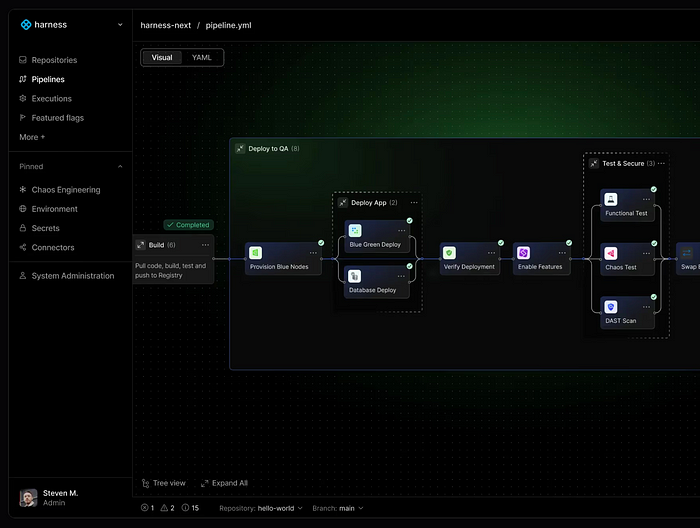
Tekton
Dive into Tekton, the versatile open-source framework crafting CI/CD systems with finesse across myriad environments, whether on-premises or across cloud providers. Tekton standardizes CI/CD tools and methodologies across platforms, languages, and deployment zones.
With compatibility ranging from Jenkins to Knative, Tekton offers a scalable, serverless, cloud-native execution, abstracting underlying implementations. This empowers teams to customize their build, test, and deploy workflows, aligning them with unique team needs.
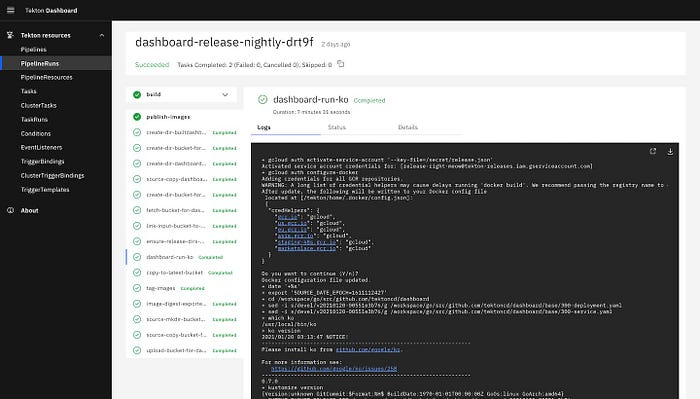
Argo CD
Meet Argo CD, the declarative GitOps continuous delivery marvel optimized for Kubernetes. It underscores maintaining applications, configurations, and environments as declarative and version-controlled entities.
The goal of Argo CD is to streamline deployment and lifecycle management, ensuring a process that’s thorough and transparent.
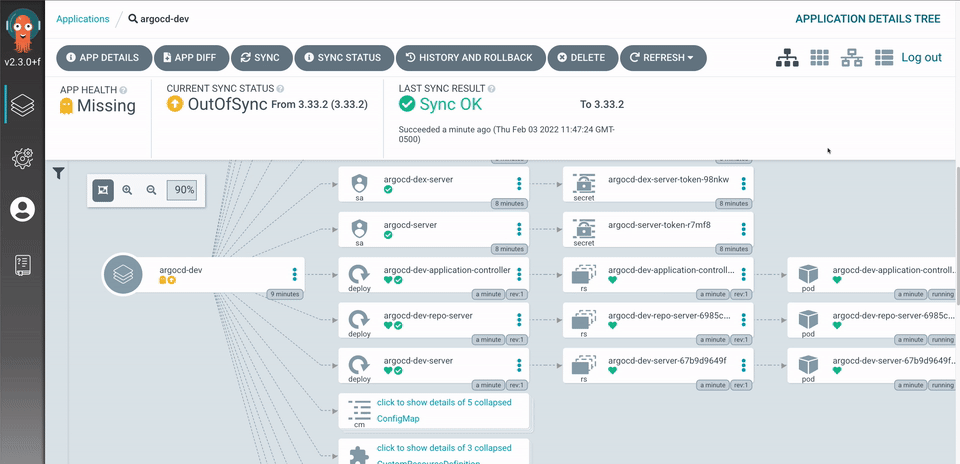
Unveiling Observability Across the Tech Ecosystem
Dash0
Dash0 emerges as an OpenTelemetry-centric observability platform offering deep insights into apps and infrastructure. By embracing standardized data gathering and analysis, Dash0 gives a meticulous overview of performance metrics, logs, traces, and resources.
Dash0 excels in resource-centric monitoring, zeroing in on crucial components for adept troubleshooting and performance uplift, all while integrated seamlessly into current systems.
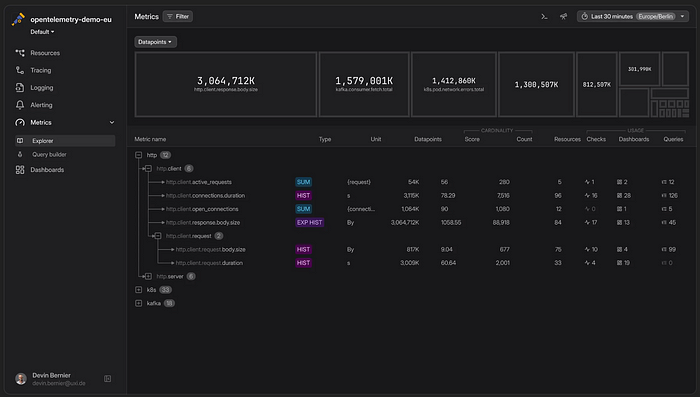
HyperDX
HyperDX stands out as an open-source platform for swift resolution of production issues by converging session replays, logs, metrics, traces, and errors into a cohesive interface.
This integration delivers a streamlined view of system operations and facilitates prompt problem-solving.
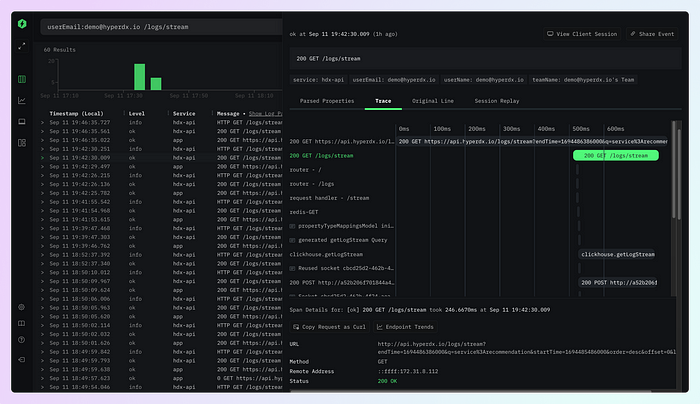
Innovation Over Infrastructure: Tools for Expansion
Crossplane
Crossplane is a potent cloud-native control plane framework enabling organizations to forge their own control planes effortlessly, devoid of conventional coding.
By framing and managing infrastructure as code, Crossplane encourages scalable and sustainable resource stewardship, integrating seamlessly with Kubernetes and thriving on a vibrant open-source network.
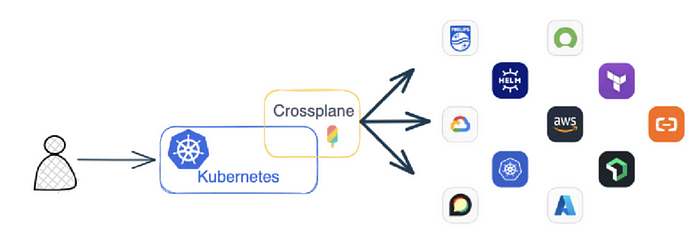
NGINX Unit
NGINX Unit is a minimalist yet robust open-source runtime amalgamating crucial web application modules into a singular server, accommodating languages like Java, Perl, Python, and Ruby.
Offering integrated statistics, multithread processing, and dynamic configurations, it enables developers to manage deployments adeptly, serving both dynamic and static content seamlessly.
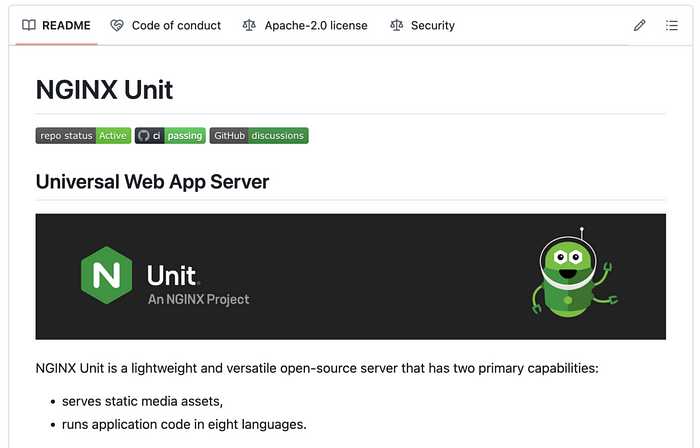
Piku
Piku is designed for simplicity, allowing straightforward application deployment through ‘git push’ to self-controlled servers. Drawing inspiration from ‘dokku,’ Piku requires minimal configuration, perfect for personal or small-scale projects.
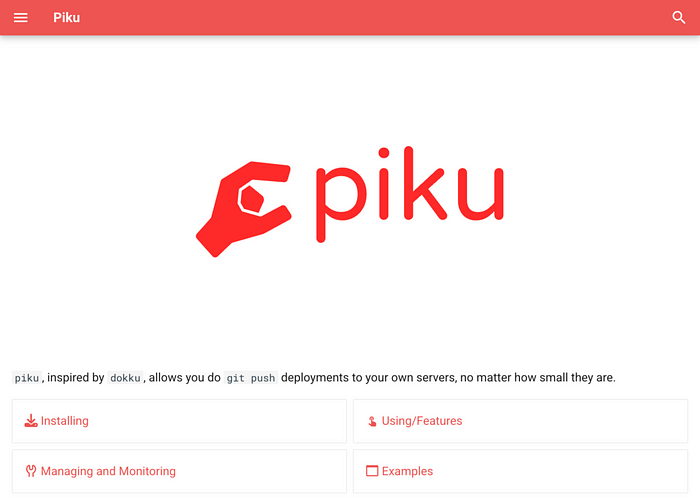
Nix & NixOS
Nix’s rise in the DevOps sphere is on an upward trajectory, promoting a distinctive approach to package management and system configuration with reproducibility at its core.
Isolating package builds for reliability ensures operational consistency across machines, crafting stable environments via its unique package management system.
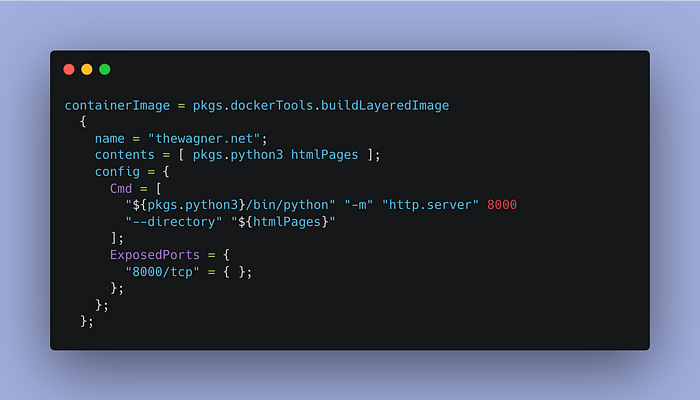
Hallmarks of Nix:
- Facilitates environment sharing across languages and tools.
- Ensures isolation of package installations/updates.
- Supports rollback capabilities.
- Maintains platform stability amid updates.
Fortifying Security: A Vanguard of Trust
SSOReady
SSOReady demystifies SAM’s intricacies, enabling rapid SSO integration with applications. By harmonizing with major identity providers, it simplifies enterprise-level SSO setups within minimal timeframes.
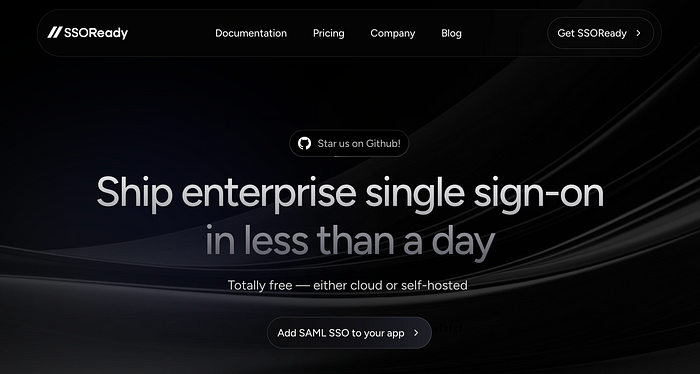
ZITADEL
ZITADEL is an open-source powerhouse for Identity and Access Management (IAM), offering robust security with SSO, MFA, and RBAC to orchestrate sophisticated access controls.
Completing the user lifecycle from provision to recovery, ZITADEL complies effortlessly with regulatory demands through comprehensive auditing functionalities.
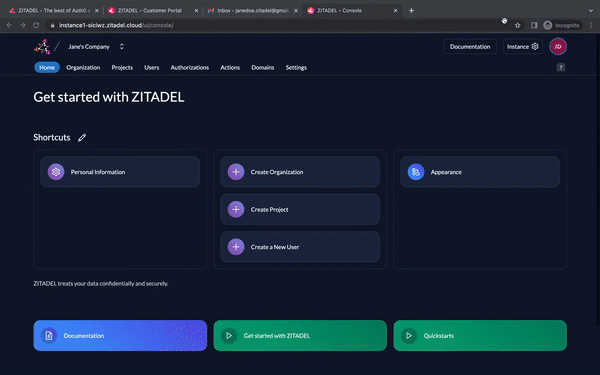
Streamlining Incident Management: Tools Beyond Expectation
Parity
Job one for Parity — an AI-driven SRE tool — is to expedite incident responses, initiating automated investigations instantaneously upon alert. This pre-emptive logic uncovers root causes, precluding extensive downtime and quickening resolutions.
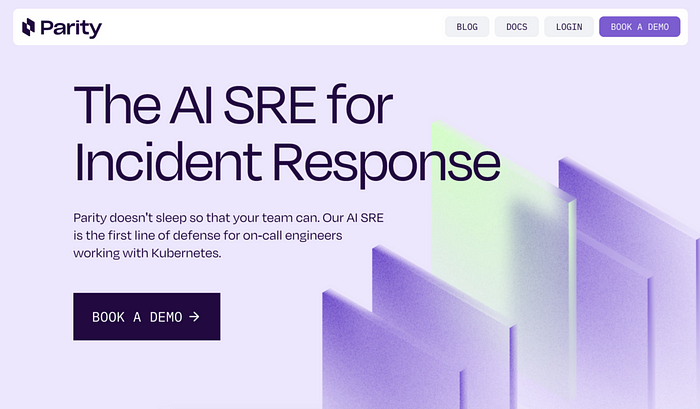
Keep
Keep centralizes alert management with automation, converging notifications into a centralized interface and enhancing workflow automation. Key features include:
- Tool Synchronization: Connect diverse systems to cultivate an extensive alert repository, promoting a unified management approach.
- Workflow Automation: Define processes that are self-operational upon stimulus to optimize efforts and allocate resources to crucial tasks.
Keep’s comprehensive dashboard curtails alert fatigue, focusing attention on genuinely actionable insights.
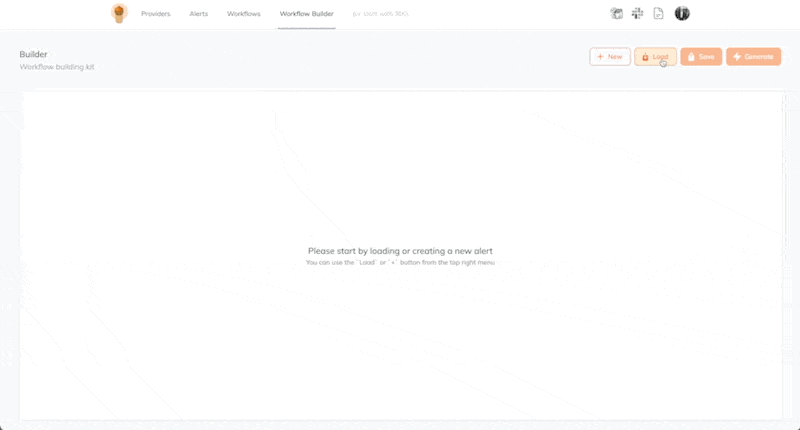
StatusPal
StatusPal redefines incident communication, effortlessly automating notifications during disruptions or maintenance to elevate awareness amidst stakeholders and customers alike. It seamlessly channels alerts across several platforms to boost engagement exactly where audiences dwell.
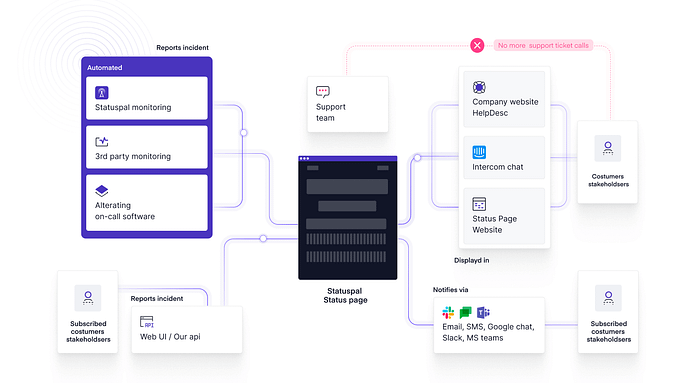
Significant components include:
- Integrated Monitoring. Streamline incident reporting via systematic health checks.
- Incident Automation interfaced with diverse monitoring solutions.
- Terraform Provider Integration. Enable status page deployment through human-readable code.
Diagramming Our Future in Development: Tools to Imagine
Cursor
Though not a pure DevOps tool, Cursor is a cutting-edge AI editor, bolstering DevOps and SRE endeavors by refining how code — including Kubernetes scripts, Terraform configurations, and CI/CD pipelines — is written and maintained.
Cursor’s predictive completions, coupled with natural language editing, reduce mundane lookups, expediting infrastructure automation. Its contextual insights facilitate building, refactoring, and optimizing setups. It’s a boon for professionals navigating complex landscapes.
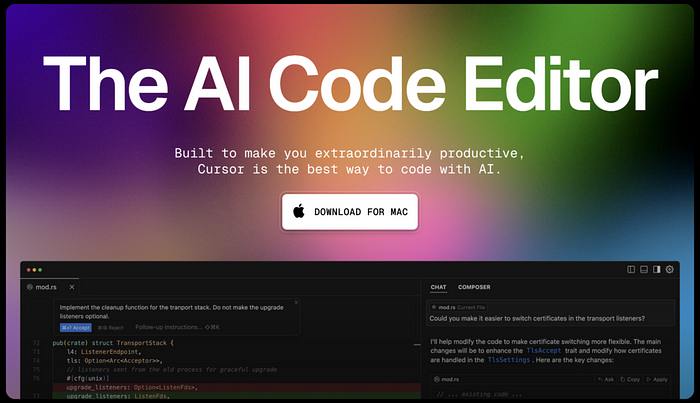
IcePanel
IcePanel enhances clarity within complex systems, providing streamlined modeling tools for engineering and product teams to align on critical technical decisions consistently.
Key features:
- Visual Simplicity. Turn intricate systems into accessible diagrams for the whole team.
- Interactive Diagrams. Onboard new members quickly through intuitive visualizations.
- Up-to-Date Documentation. Connect designs to code, and receive change notifications.
- Version Control. Traverse design histories with ease.
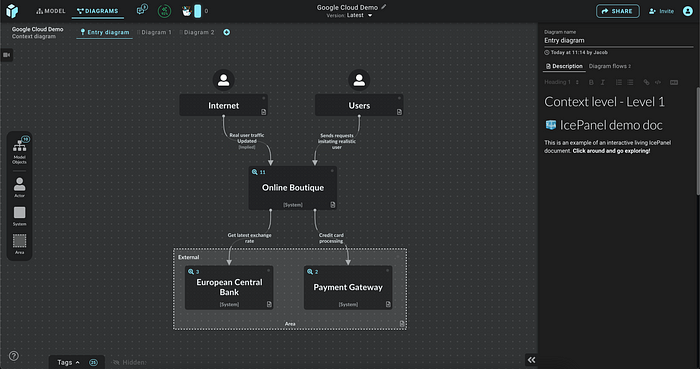
Final Thoughts: Ushering in Tomorrow’s Tech Horizon
As we accelerate into 2025, one truth stands unwavering: the DevOps and SRE paradigms are on a relentless trajectory, quickening with time. While AI might automate on an unmatched scale, wisdom prevails that the judicious harnessing of tools melded with human acumen ensures triumph.
By engaging with the most sophisticated innovations spanning CI/CD, observability, infrastructure control, security, and incident management, we cultivate systems marked by resilience and unmatched performance. Be it optimizing efficiency, mitigating downtime, or advancing beyond the routine, these tools are pivotal in IT’s ever-evolving frontier.






